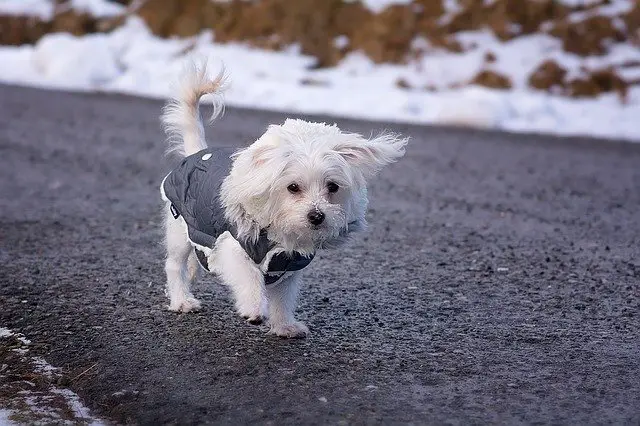Does walking your dog trim their nails?
You have a cute little dog but its sharp claws end up tearing your upholstered furniture or hurting your skin. You also keep hearing its nails clipping-clopping on your floors.
You know it is time to trim its nails but nail trimming is such a chore! Also, most likely, your puppy runs away at the sight of the clippers or moves too much so you are afraid of hurting its ‘quick’.
Naturally you wonder: does walking your dog trim their nails?
The good news is – yes, dogs that walk regularly on hard surfaces certainly need fewer manual nail trimming sessions. But there are exceptions to it. Not all dogs will have well-trimmed nails by walking alone.
Read on to find out whether walking your pet is the only way to keep your dog’s nails trimmed naturally.
Does Walking Your Dog Trim Their Nails?
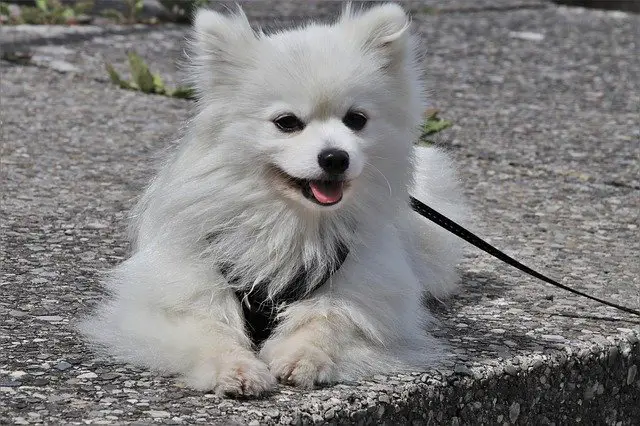
Yes. Walking has many great benefits for our pooches. It helps keep them lean and fit and also prevents destructive behavior.
Another great advantage of walking is that it could naturally trim down your dog’s sharp claws.
If you take your pet for walks on paved roads or on concrete surfaces, they could file your pet’s nails down so you’d not have to spend much time or effort on trimming its nails manually.
Naturally, you need to walk your dog only on hard and rough surfaces. You cannot walk on grass or a sandy beach and expect the same results.
In the wild, wolves – dogs’ ancestors – have sharp claws because they walk on forest soil which isn’t always hard and rocky. They also need those sharp claws for tearing their meat.
Domesticated dogs do not need claws because they don’t hunt. Naturally, we want our dogs to have trimmed nails to prevent injuries.
What Kind of Surface Will Keep a Dog’s Nails Trimmed?

Walking surfaces can be distinguished in the following types:
Soft surfaces
These surfaces include cork, grass, and sand. These soft surfaces give way when we (or our dogs) walk on them. They do not offer any resistance. Their texture is soft and plush so there is no friction.
For keeping your dog’s nails trimmed down, you’d need slightly abrasive surfaces. Soft surfaces will not aid nail trimming. So, if you walk your dog on the beach or on a lawn every day, you might want to train it to get used to manual nail trimming too.
Hard surfaces
These surfaces include gravelly or tarred roads, paved sidewalks, concrete, and pretty much all surfaces we have in urban setups. These surfaces are hard, offer resistance, and also provide an abrasive surface that helps wear down our dogs’ nails. Walking regularly over these surfaces can trim or file down the nails considerably.
Why Should You Keep Your Dog’s Nails Neatly Trimmed?
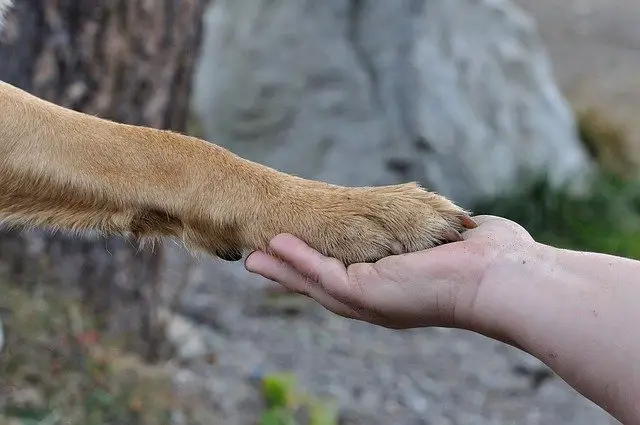
Trimming your dog’s nails might seem like a chore. It is also a delicate process – one that needs an experience. That is why many pet parents put off nail trimming or have a professional groomer to do it.
Here are the benefits of keeping a dog’s nails neatly trimmed:
1. Safety
Here, we are talking about not only your safety but also your dogs’ safety. If you have a long haired dog like mine, you must keep its tails neatly filed. Failure to do so could hurt your pet. If it scratches itself, the long nails could get caught in its fur (if your dog has matted hair-this is even more dangerous). The nail could chip off causing intense pain to your fur baby.
Worse still, untrimmed nails tend to prevent your dog’s paw pad from developing traction and grip which could cause your pet to skid on slippery surfaces.
If your dog participates in agility courses, then untrimmed toe nails might get jammed or caught on the course equipment causing tremendous pain to your buddy.
Dogs rely on their paws for grabbing things, for gripping, and for traction. Long nails will prevent these and could even lead to unhealthy stress on the nail beds. The nails could also twist and break which could take months to heal.
2. Comfort
Clipped nails are very important for your dog’s comfort while walking. Have you heard that clip-clopping sound when your pooch walks on uncarpeted flooring? That is a clear sign that it needs to have its nails trimmed.
The very fact that the nails are long enough to make a sound on the floor means that your pet might experience difficulty when walking.
The nails could even get in the way and can prevent your pet from gripping the surface it walks on. Longer nails could get caught in rugs and carpets and might even chip off in the process. Your pet could also skid on uncarpeted flooring if it runs, if the nails are not trimmed properly.
3. Could trap debris and dirt in the nail bed
In addition to being a major health hazard and safety risk, leaving your pet’s tails untrimmed can really harm the nail health too.
Dogs’ nails grow continuously and leaving them untrimmed is a surefire invitation to dirt, grime, and debris in the nail bed. Worse, it could lead to fungal infections and blistered paw pads. Over time, these issues can exacerbate causing a lot of pain to your beloved dog.
You might think you are saving yourself hassles and time by not trimming your dog’s toe nails but it will cost you in the long run when you have to make numerous trips to the vet’s.
Can You Rely only on Walking to Keep your Dog’s Nails Trimmed?
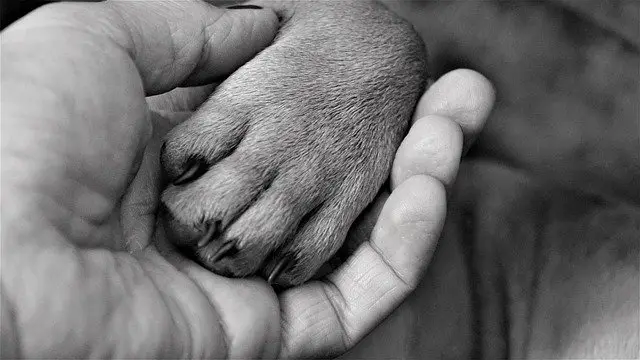
Unfortunately, the answer to this question is no.
Here are the reasons why you should not rely only on walking or exercise to keep your pet’s nails trimmed:
1. Your pet would need to walk a lot
The main reason why you should not rely solely on walking to keep dog nail optimally trimmed is that you’d need to walk it for hours to see results.
Over-exercising a pet is a strict NO- NO. You should only exercise your dog based on its age, weight, breed, and overall health.
You certainly do not want to over-exercise a senior dog or an arthritic dog. These pets with joint issues could suffer even more deterioration of the joint when they are walked on hard surfaces. You certainly do not want to see your pet in pain.
2. Can be hazardous to the dog’s paws
Simply relying on walking on concrete, pavements, or other hard surfaces can cause abrasion and blisters on their delicate paw pads. Sometimes, the nails could also expose the quick and cause a lot of pain to your pet.
3. The process is unreliable
You will definitely not get consistent results when you use this method alone to keep your pet’s nails trimmed. Sometimes, your dog’s nails won’t get trimmed down at all. Other times; they might wear down too much and might even expose the ‘quick’. Manual nail trimming is the best way to get reliable and consistent nail trimming every time.
How Often Should You Trim Your Dog’s Nails?
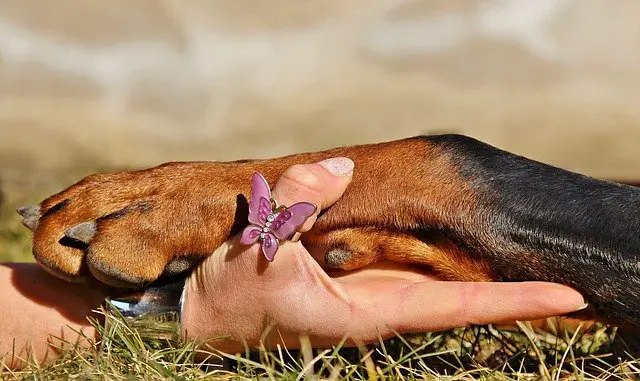
There is no hard and fast rule here.
How often your dog needs nail trim depends on the rate of its nail growth. Some dogs have rapid nail growth-rate. For them, you might have to trim every few months. For others, you might have to trim just once every 6 to 8 months.
If you start hearing the clip-clop sound when your pet walks on tiled floors or hard floors, then you know it is time to trim its nails.
You can also observe your buddy’s nails from time to time –especially during its grooming or bathing sessions. If the nails appear long and sharp, then you can give them a trim or take your pet to the groomer’s to get the job done safely.
What Happens When You Never Trim your Dog’s Nails?
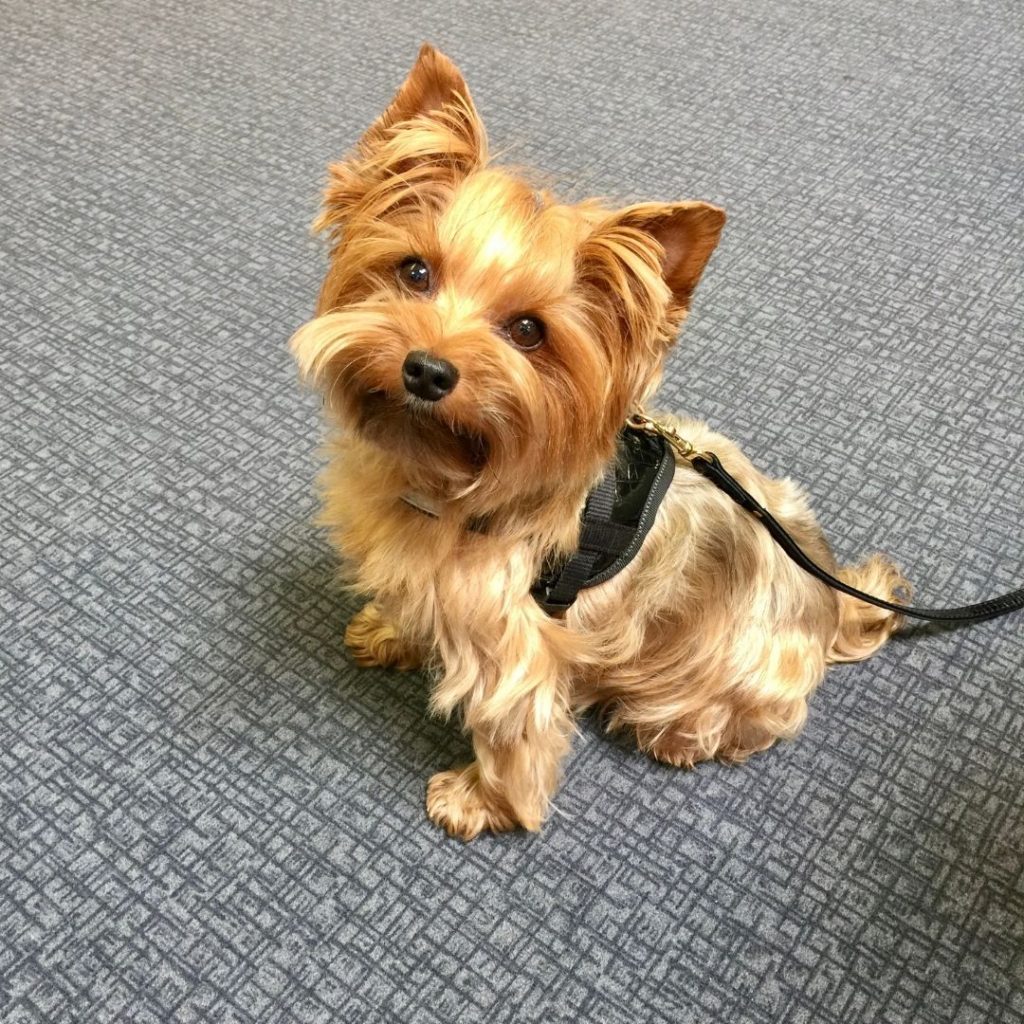
Nail cutting is an important part of a dog grooming. If you leave your pet’s nails untrimmed, chances are that it could suffer from the following issues:
1.The nails might get caught and chipped
This is the worst thing for a dog. The nails could get snagged in its fur or your bed linen or carpets and could cause a lot of pain – even bleeding.
2. It could harm its joints
As explained earlier, untrimmed nails prevent traction and grip and a dog could slip and hurt itself. Slipping on floors could also put stress on its joints.
3. The nails could blacken and weaken
Untrimmed nails tend to capture a lot of dirt and debris. They might start appearing black and could even gather fungus. Overgrown dog nails can also turn into ingrown nails.
4. Could cause eye injuries and scratches
Your dog might accidentally scratch its eyes or skin causing severe pain, infections, or other issues. Dog nail care is imperative to avoid these terrible issues.
Do Dogs Feel Pain While Their Nails Are Being Trimmed?

An experienced dog groomer can ensure that your pet does not feel any pain while its nails are being trimmed.
As longs as you avoid the ‘quick’ part of the nails, your dog should be fine. The ‘quick’ is the part of a dog’s nail that is richly supplied by blood vessels. Injury to the quick can cause tremendous pain and could even result in profuse bleeding. Always keep styptic powder at home to stop such bleeding.
You must also use the right tools – dog nail trimmers, grinders, nail file, or clippers, to ensure that the process is fast, efficient, and painless.
Should You Trim Your Dog’s Nails While it is Sleeping?
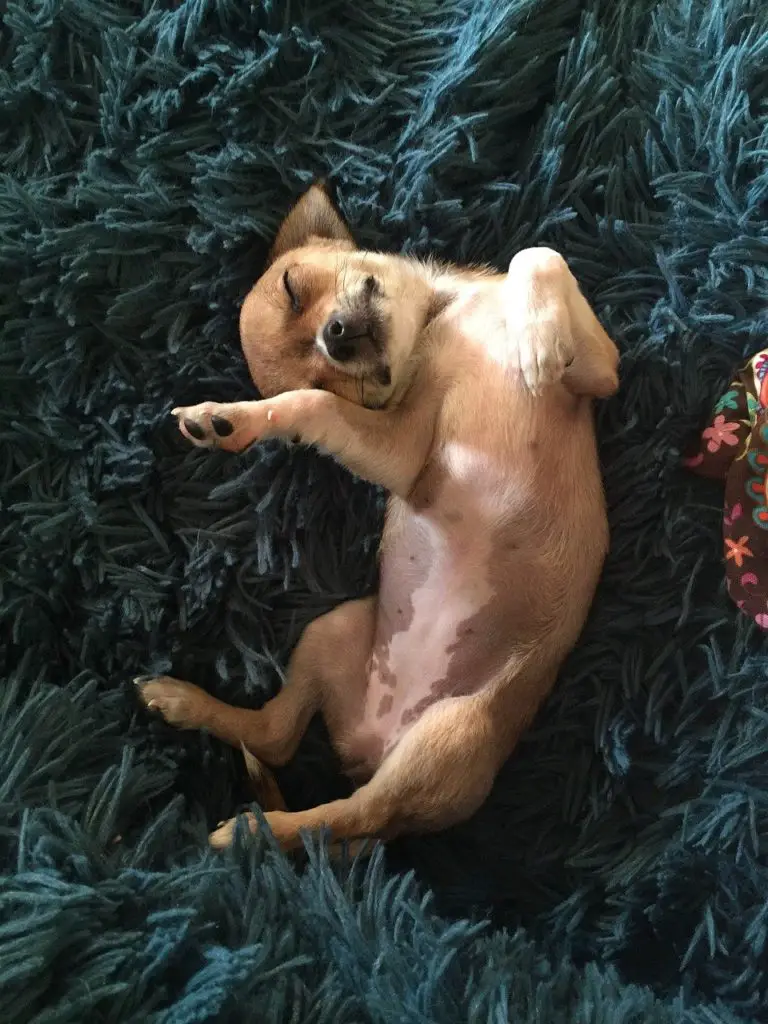
It is best to get your dog used to nail trimming from an early age. It is also a good idea to trim the pet’s nails during its grooming sessions – when you brush your pet’s coat, clean its ears, eyes, and teeth etc.
Sure, there are dog owner who trim their pet’s nails while it is sleeping.
However, most dogs are alert and wake up the moment someone touches their paws. It is a fact that a vast majority of dogs do not like their paws being touched. Some might even run away and hide if you try trimming their nails in their sleep.
It is best to speak to your dog in a soothing tone, earn its confidence, and get it used to the nail trimming process from an early age.
When your puppy starts trusting you and you form a close bond through regular dog grooming sessions, then chances are that it will enjoy, appreciate, and trust you to trim its nails. The process will go much smoother and without any accidents.
What are the Tools and Methods for Safe Pet Nail Trimming?
There is a wide range of tools available for trimming your dog’s nails.
1. Nail clipper
These come in different sizes and styles like nail scissors or guillotine. Select the right size for your dog’s foot as too large clippers could end up taking off a large part of its nail or hurting your pet’s quick.
Buy a nail clipper you can grip well. We recommend Gonicc Clippers trusted by professional groomers. It has a superior grip, a safety stop, and sharp blades that perform the clipping action quickly and painlessly.
2. Grinder
A nail grinder is another great option that helps buff dog’s nail and also softens the edges. Nail grinders like Casfuy Pet Nail Grinders do the job painlessly and quickly and have a whisper quiet operation too. Dremel grinders are also popular.
Also Read: Best Pet Nail Grinder
Conclusion
Does walking your dog trim their nails?
Yes, if you regularly walk your dog on a hard surface, then chances are that you won’t have to manually trim or grind your pet’s nails. The abrasive surface will do the trick and wear down your pet’s nails naturally.
However, you mustn’t rely solely upon this method to keep your dog’s nails trimmed. This is because you’d have to walk your dog for a long time every day and this may not be the best option for old or sick dogs.
You can always have your pet’s nails trimmed professionally by a groomer or use one of the tools like clippers and grinders to do the job safely, quickly, and painlessly.
